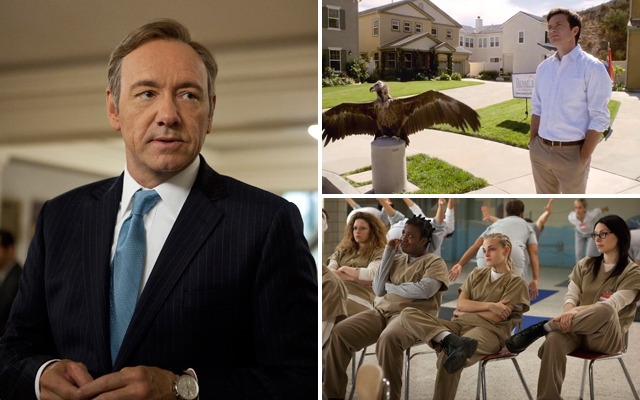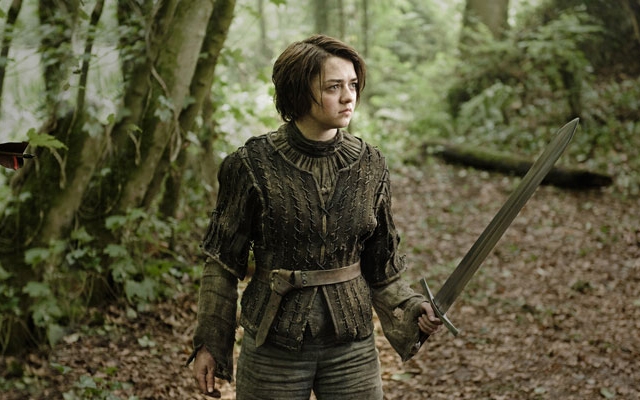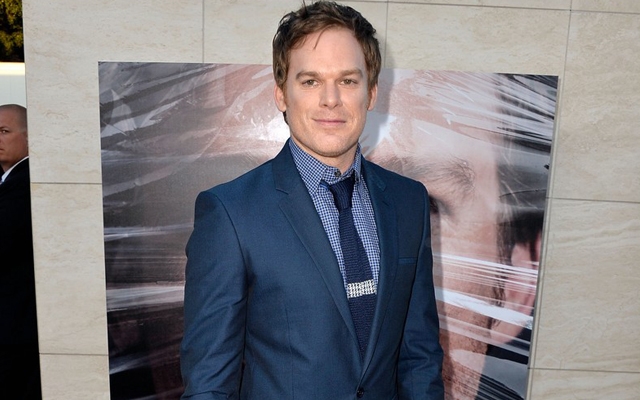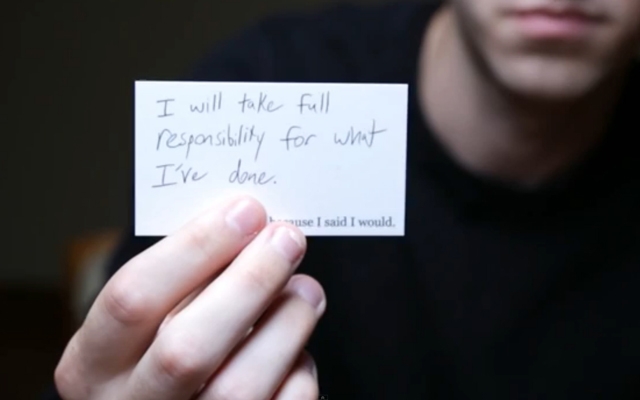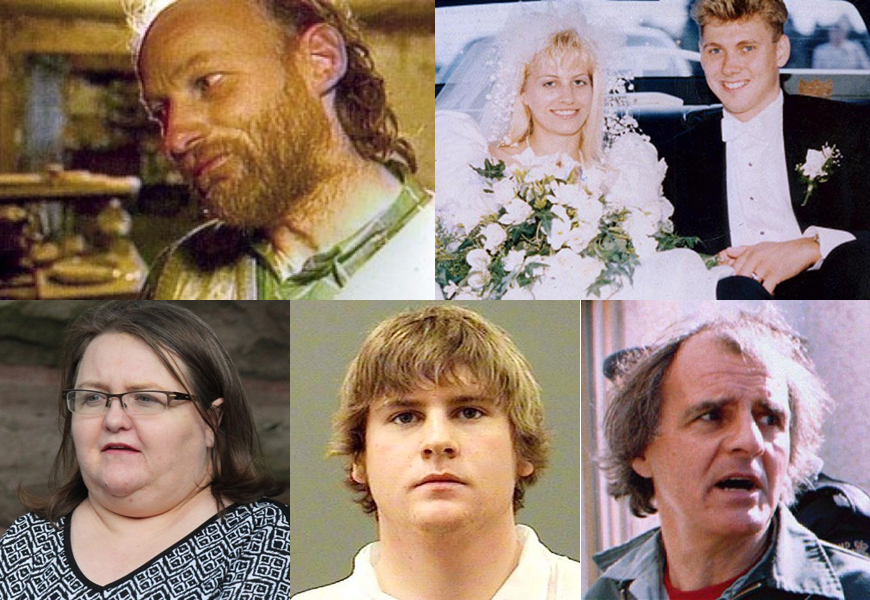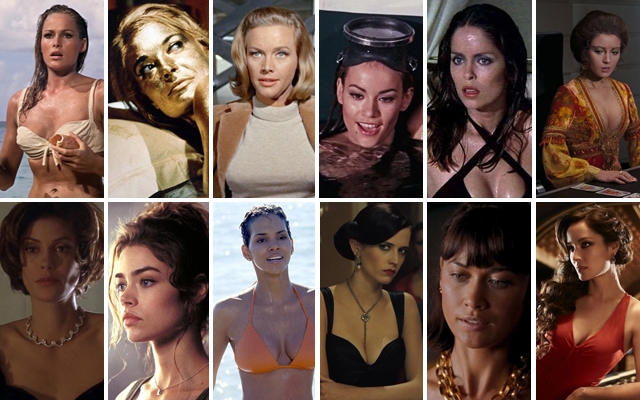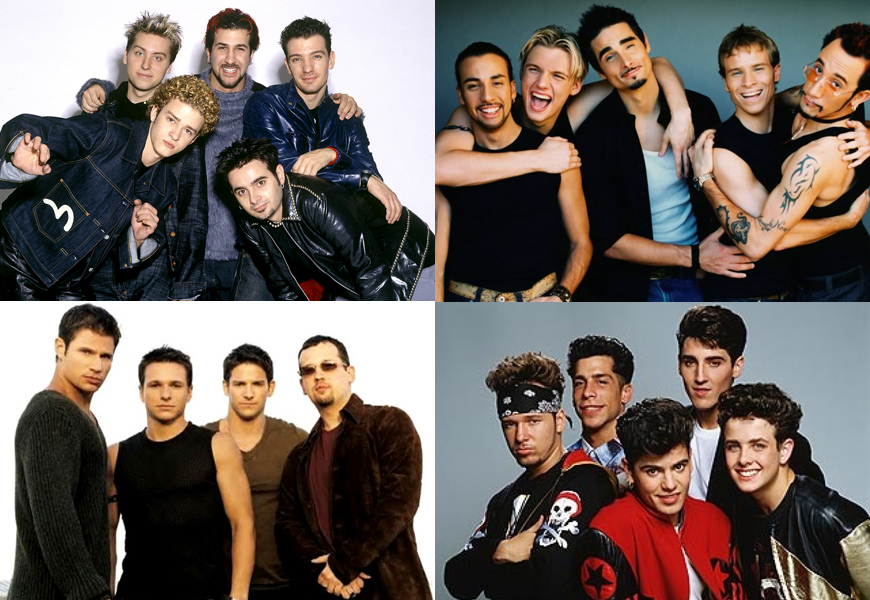Netflix has spent the past year biting the hands that feed it, and TV fans should be thrilled.
Last week the online streaming service announced its US subscriber base surpassed that of cable giant HBO, reaching nearly 30 million paid users to HBO’s 28.7 million. If anyone was unsure that a company that made its name renting out DVDs through the mail could keep up with established TV networks, well, the numbers don’t lie.
But it’s not just quantity: Netflix’s first original series, House of Cards, was nominated for nine Emmy awards this year—winning three of them—putting it in the company of revered shows like AMC’s Breaking Bad and Mad Men, as well as HBO fare like Girls, Veep and Game of Thrones. Even with David Fincher directing the pilot and Kevin Spacey and Robin Wright topping the marquee, TV viewers weren’t sure Netflix’s original series House of Cards could actually compete with their broadcast and cable favourites. And, of course, if the show hadn’t been any good it all would have been for naught, a very expensive experiment gone wrong for a company that had already made more than one bad decision.
The success of House of Cards gave Netflix a path into previously uncharted territory: true TV shows created for the web. Its next success was in transitioning Arrested Development, a show created for traditional broadcast, into a streaming success. Hype was huge for the cult hit, and while some early reviews criticized its complicated, attention-demanding format, the reception was positive overall.
Then in the summer Netflix solidified its standing as an original content provider with Orange Is The New Black, a truly home-grown success that managed to find a ravenous audience even without established stars or beloved characters. Netflix announced OITNB was its most-watched series ever, giving it “an audience comparable with successful shows on cable and broadcast TV” —though it continues to keep actual viewership numbers secret.
As much as Netflix appears to be putting itself in direct competition with cable and broadcast networks, those networks’ programming is still very much Netflix’s bread and butter. While most of the attention the company gets has been from its original shows, their viewers still spend a lot more time streaming shows like The Walking Dead, Scandal and, of course, Breaking Bad.
So Netflix is walking a fine line at the moment, balanced between building an audience for its original shows and drawing viewers away from traditional broadcasters. If it can continue to offer quality original shows—enough to increase its audience without drawing subscribers into cutting their cable altogether—it’s looking at a very prosperous future.

